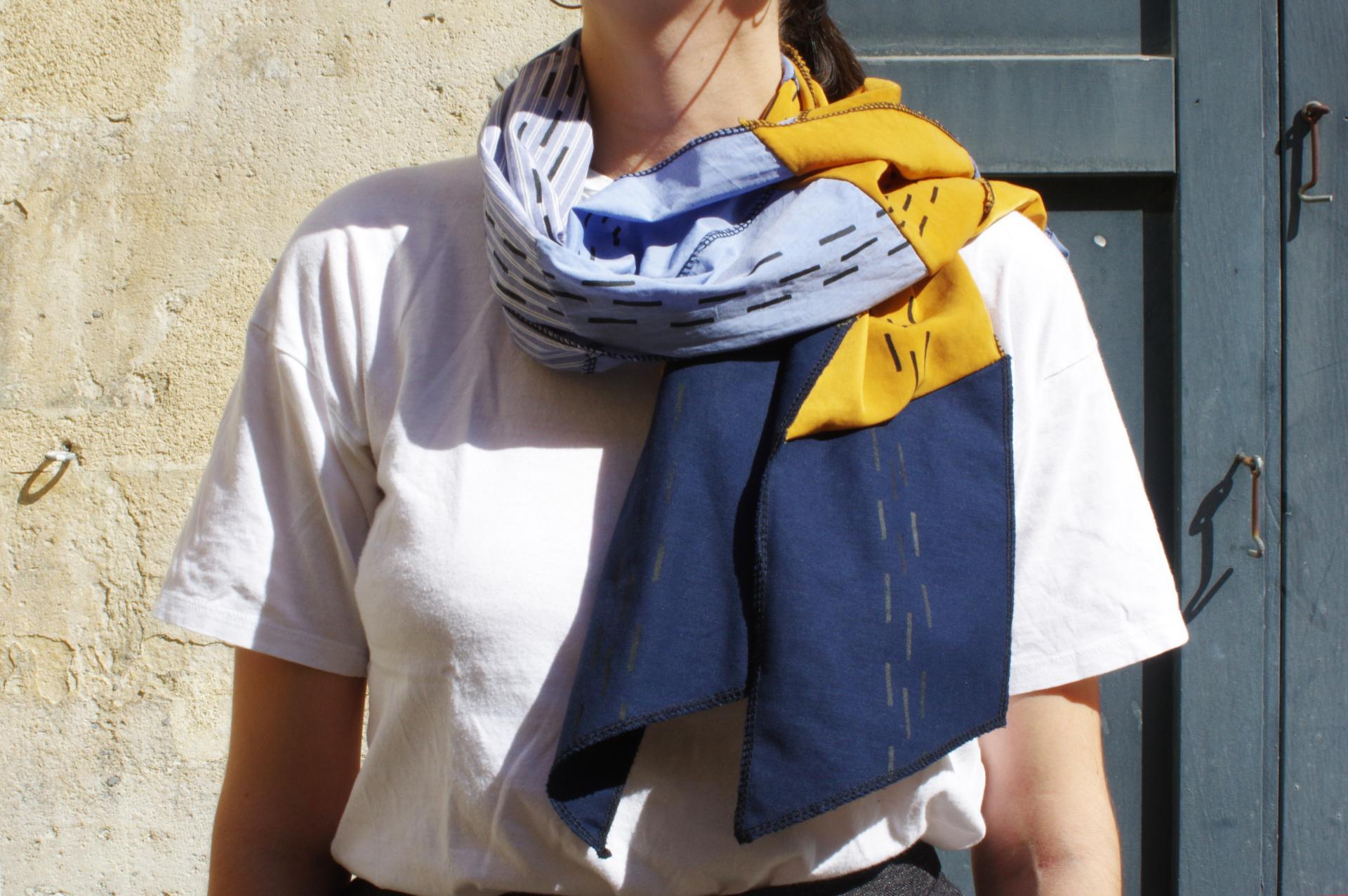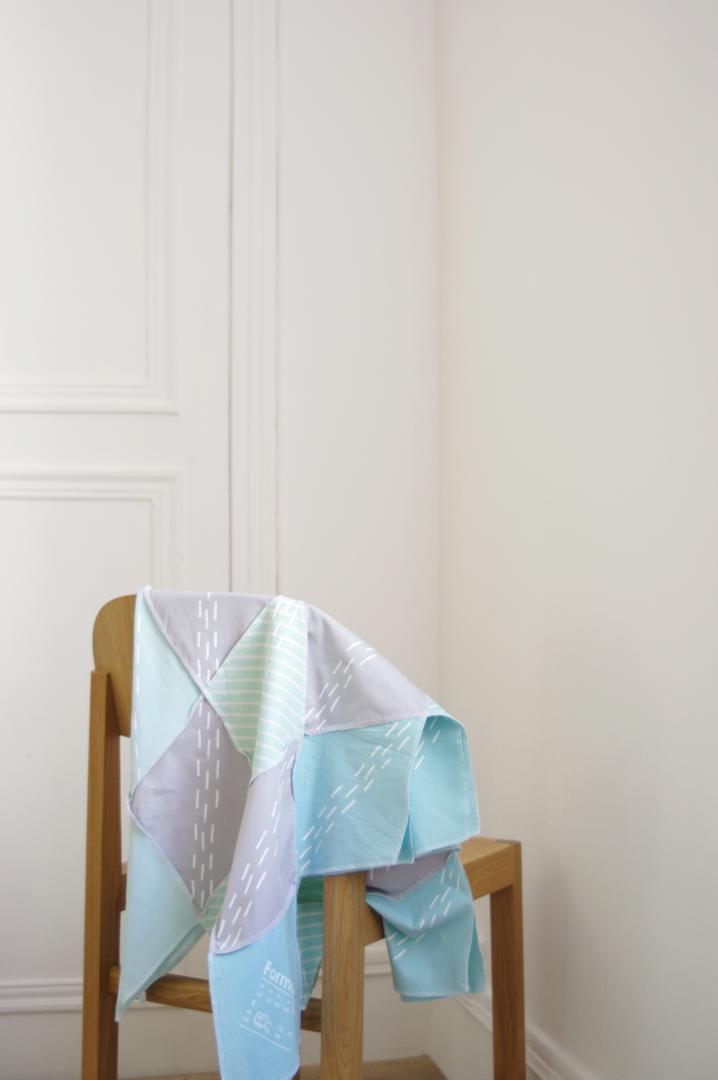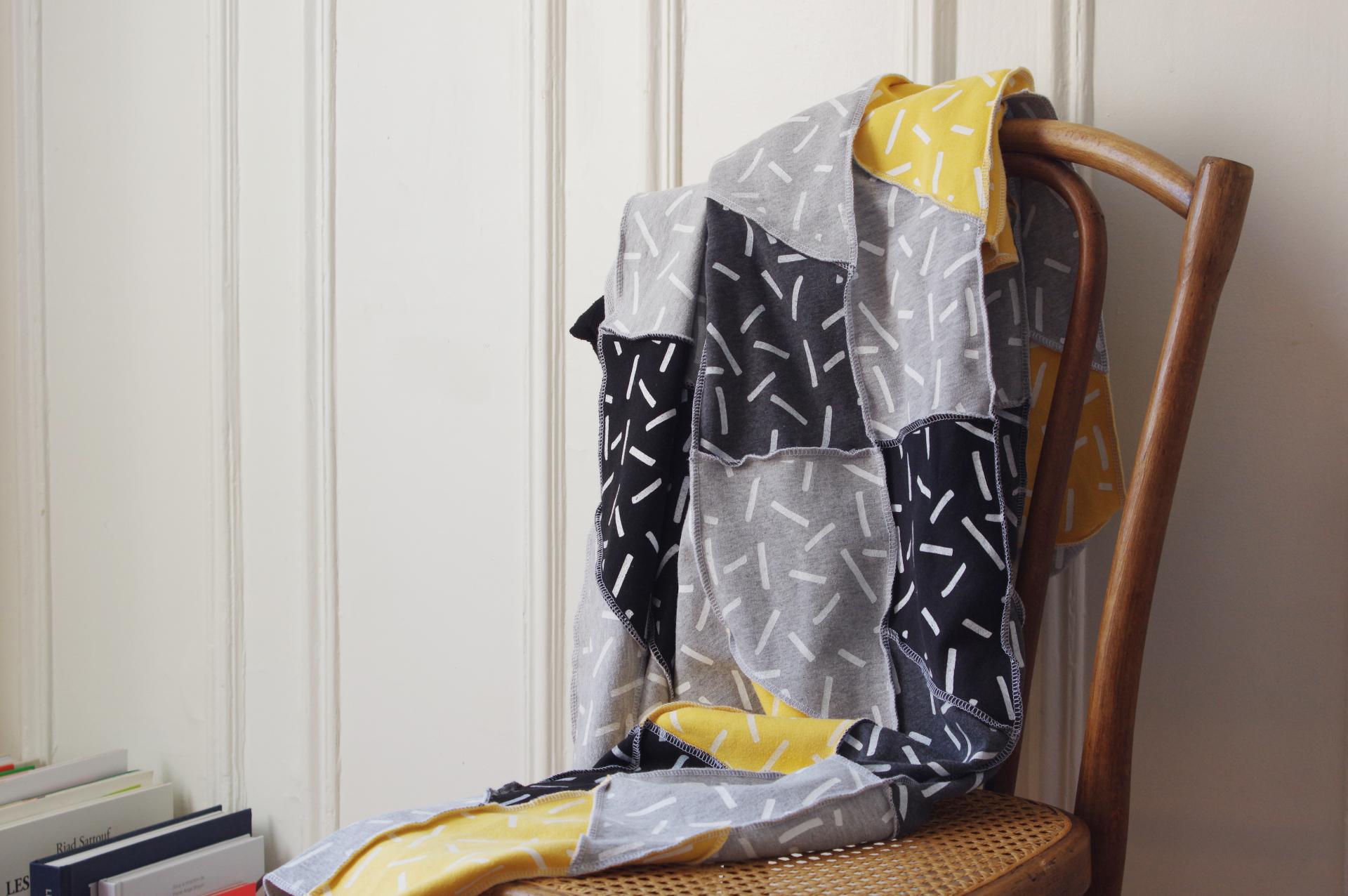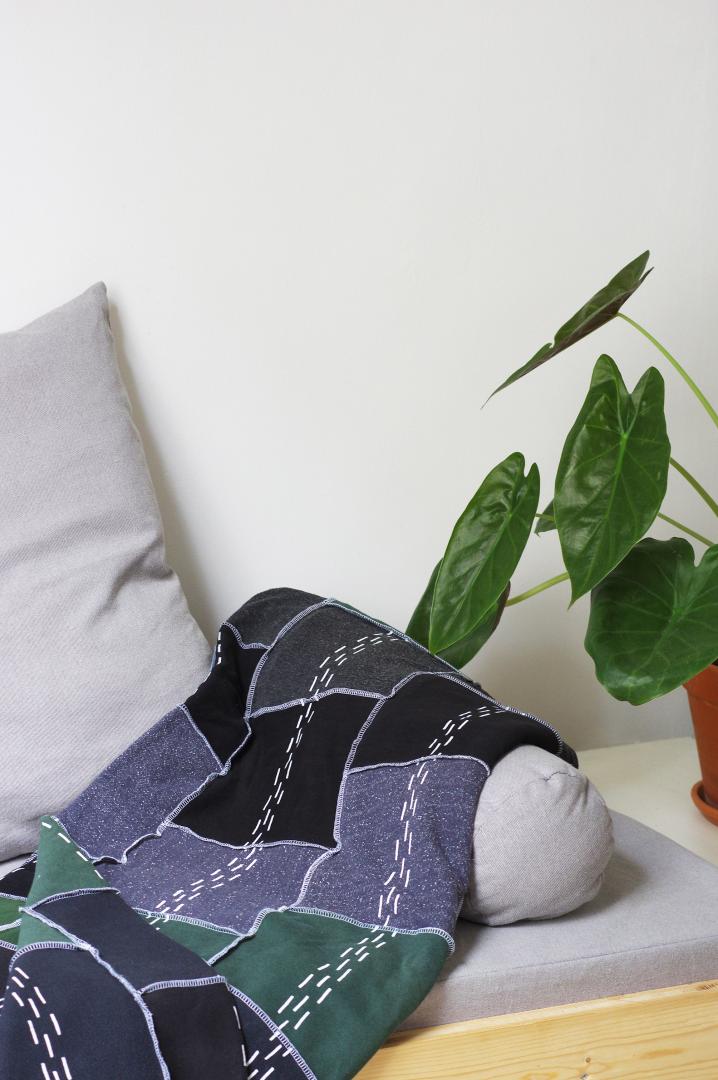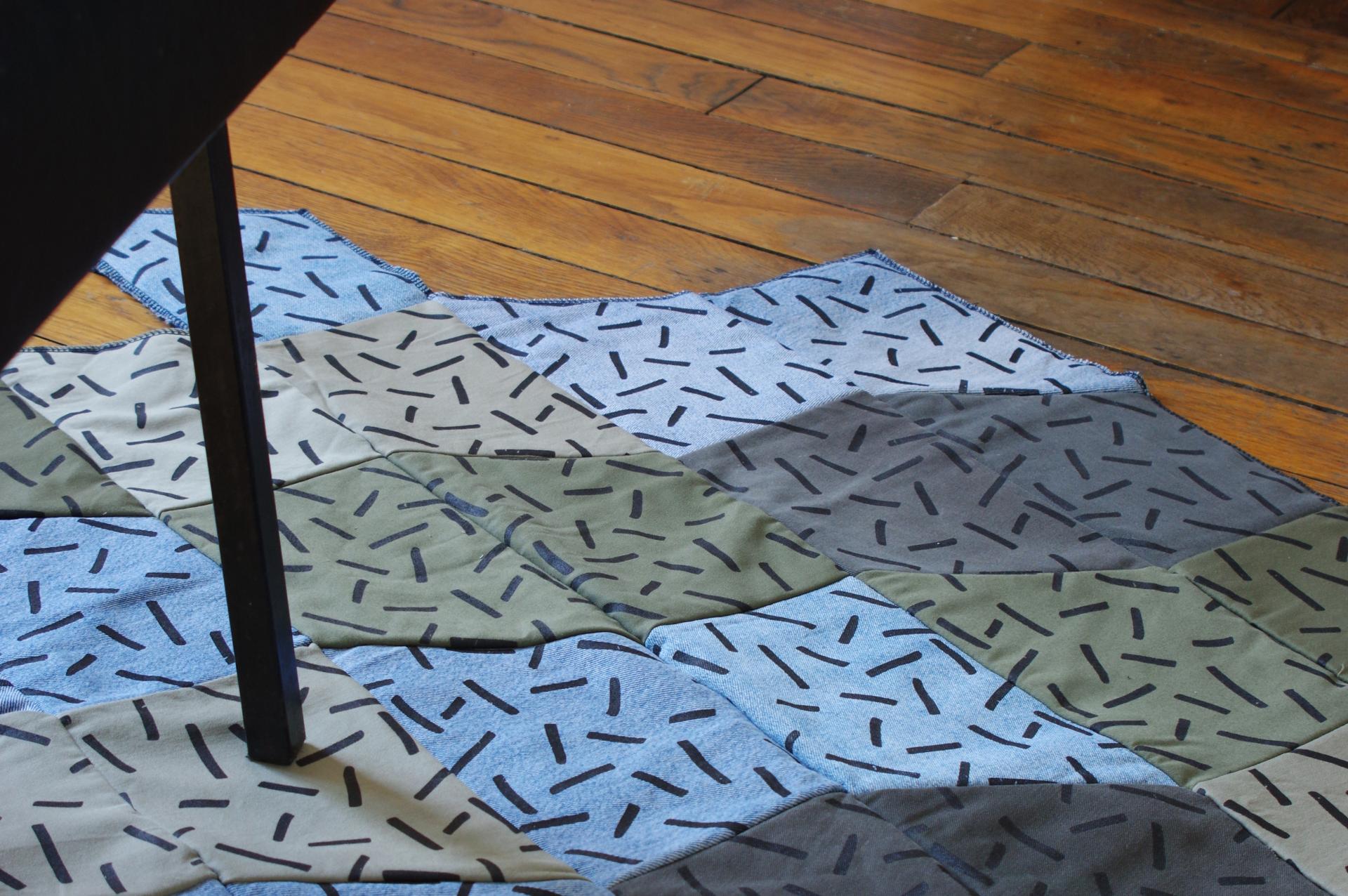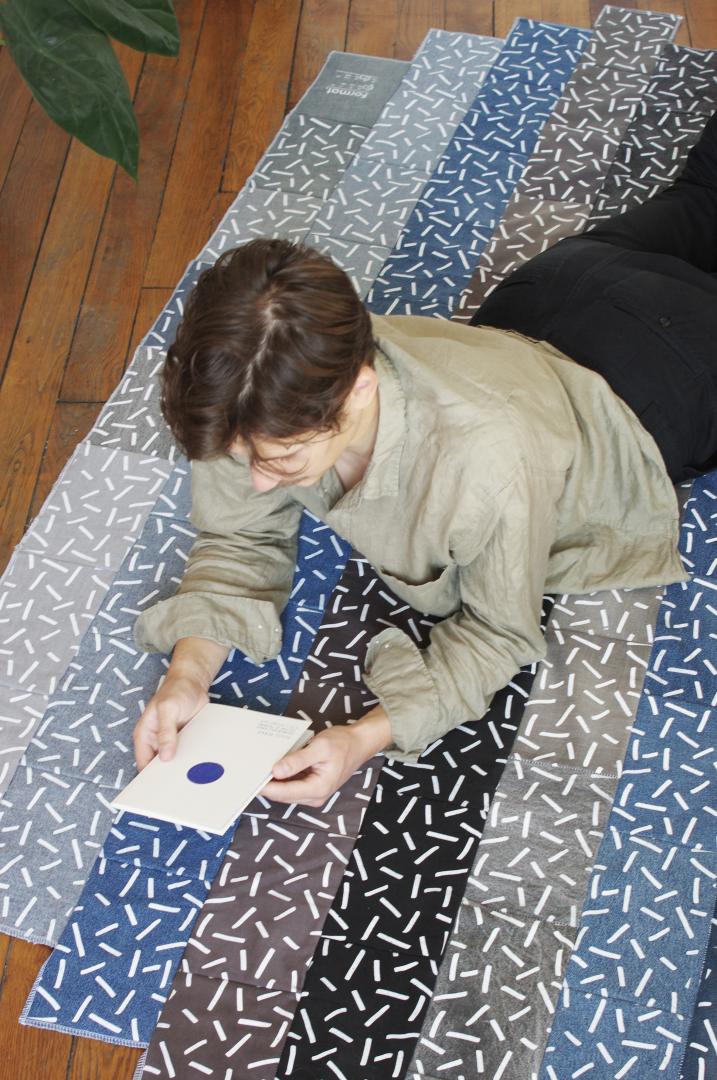Format.
Basic information
Project Title
Full project title
Category
Project Description
Format. is a brand of upcycled textiles, made from recycled materials to achieve a higher quality or utility.
The brand was created in response to the number of donations and the difficulties of sorting. In this search for coherence within a disparate resource, curtains, rugs, plaids, and fabrics with freer uses were born. In this way, this waste regains a lost value and its place at the scale of both the body and the habitat.
Geographical Scope
Project Region
Urban or rural issues
Physical or other transformations
EU Programme or fund
Which funds
Description of the project
Summary
It is necessary to rethink the way we consume and the textile itself so that it no longer becomes an ecological disaster. However, it is also essential to process the material already present and produced. That is why I created Format. to make something of those wastes that exist in large quantities.
Meetings with people involved in the textile recycling sector allowed me to realize the difficulty that persists in creating an economically viable project with such a resource. Then, it became a question of recreating value and desire from it by finding the right equation between the quantity used and the quality provided.
In this search for coherence within a disparate resource, curtains, rugs, blankets, and fabrics with free uses were born. Each piece is unique and based on standardized dimensions to simplify the manufacturing and assembly process. Once the shape and the shade have been chosen, the collected textiles can be cut according to a template. Then it is silk-screened and assembled with an overlock machine. All the pieces are made in a recovery center to encourage the work of seamstresses in reintegration.
In the end, this waste regains a lost value and its place at the scale of both the body and the habitat.
Key objectives for sustainability
The textile industry is the second most polluting industry in the world, Format. was created with this awareness, to bring a sustainable solution to the problem.
Firstly, the brand uses a material that is at the end of the textile industry's chain to introduce it into a new circularity loop. Indeed, these household linens and clothes that would not have been recycled are given a new life here by entering a new production chain. The project is also sustainable because it can be repaired. All the pieces are guaranteed for life, and damaged parts can be replaced.
Everything is designed with environmental consciousness, through optimized recycling - whether in the cutting process to ensure that there are as less offcuts as possible - and the recovery of zips and buttons that can be reused. The scraps that remain can be crushed and used as padding.
Key objectives for aesthetics and quality
To make this project economically viable, textile waste had to become desirable again and regain its lost value. As a designer, I had an important role to manage different aspects and steps of the project. This was done by working on the product itself and its user experience, but also by creating a brand.
In fact, at first, the project was based on the creation of patterns, paving, assembling colors, and creating cameos to conceive uniformity and coherence. A coherence participating in the creation of a new identity and new image. The patterns are inspired by great architectural movements such as the Bauhaus for the first collection. The idea is to create a new collection with new patterns every six months, a blink of an eye to the textile industry's spring/summer and autumn/winter collections, which paradoxically renew their collections much more often.
The idea is not to forget the origin of these textiles but to embellish it by giving them back their lost quality. The user experience also has its role to play. First of all, the brand serves as preventing and alerting people to the impact of the current textile industry and the need to consume differently. Moreover, it is also possible to donate a garment that can no longer be worn, for example, but which has a strong sentimental value, so that it can be integrated into a new piece and thus find a new use.
In a second step, the creation of a brand with its logo, name, and image was essential to finalize the project and to show in a new light the indispensable work of the members of the social and solidarity economy.
Key objectives for inclusion
This project was born in the social and solidarity economy. The whole current textile recycling circuit is based on this organization. The idea is to implement the project while placing exchange and communication at the heart of the creation by learning from each person. It is therefore not only a question of production with instructions. It is also a permanent exchange between, for example, the seamstresses and the designer in the creation of each piece and the choice of colors and compositions.
It is also a question of using the brand and its image to highlight to the general public the actors of this economy, whether it be the seamstresses in rehabilitation or all the people working on the sorting chain. This highlighting also aims to make people want to participate in this economy.
It is also a project system that can be implemented locally in many different places and internationally.
In addition, the optimization of production aims to move towards the most efficient assembly and therefore to reduce the cost of production and therefore labor to become a product accessible to the public while having a beneficial impact.
Physical or other transformations
Innovative character
This brand project was born based on the 3 previous dimensions, my job as a designer was to link them coherently.
Indeed, the brand was born out of the desire to deal with a waste product that still causes many problems today. So to reduce the ecological disaster by a sustainable project that is good for the environment.
This obviously involves aesthetics and the user experience, as the waste becomes desirable again and regains a lost value by being redesigned, and can also embellish a sentimental value and thus regain functionality that it no longer had. It also makes it possible to inform and educate users about their consumption and the impact that textiles can have today. The brand allows a large number of textiles to be recycled while meeting a consumer's need, that of decorating their homes with desirable textiles.
All of this is handled and worked on by actors in the social and solidarity economy, by promoting their know-how and knowledge and by highlighting them.
The brand's driving force is really to be good for both people and the planet.

